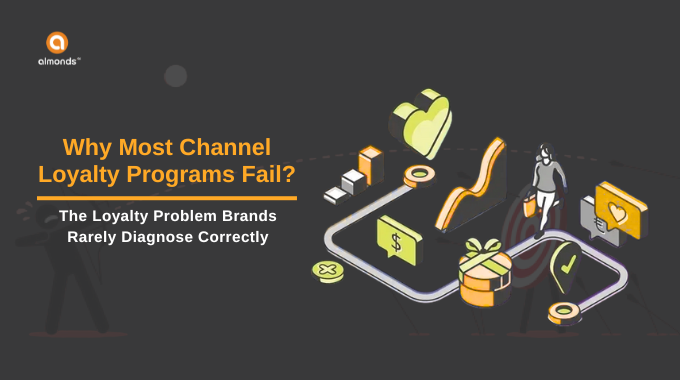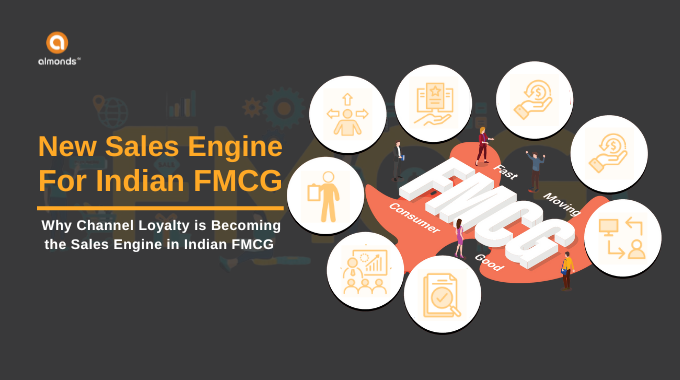Loyalty programs have long been a go-to strategy for brands to build customer loyalty and incentivize repeat business. Consumers, once thrilled by the promise of rewards, often find themselves chasing points, miles, or discounts through various programs, particularly through credit cards. However, in recent years, with rising fees, inflation, and the overall devaluation of loyalty programs, many are questioning whether these programs still offer real value.
The Rising Cost of Rewards Programs
Loyalty programs are becoming increasingly expensive, both for consumers and businesses. Let’s take a closer look at some of the major factors behind this trend.
-
Increased Card Fees
Many credit cards that offer generous rewards now charge high annual fees. For instance, premium rewards cards in India often charge fees upwards of INR 5,000 to INR 10,000 annually. The rising cost of these fees means consumers must spend significantly more to make the rewards worthwhile. According to a study by RBI, over 65% of Indian consumers now opt for no-fee credit cards to avoid these costs, indicating a shift in preference due to rising fees.
-
Impact of Inflation on Points
Inflation has a direct impact on the purchasing power of loyalty points. In India, inflation hit around 7% in 2023, which erodes the value of rewards. For example, a travel voucher that once required 10,000 points may now require 15,000 points to cover the same cost due to inflation. This has made it harder for customers to extract meaningful value from their loyalty programs.
-
Devaluation of Points
In many cases, loyalty programs are offering fewer rewards for the same amount of spending. Studies show that point devaluation has been a major issue, especially in travel and hotel rewards programs, with some airline loyalty programs requiring up to 30% more points for the same flight compared to just a few years ago. A report by ValuePenguin indicated that loyalty programs, particularly in travel, have seen a devaluation of 10-20% over the past five years globally, including in India.
The Challenges of Point Chasing
While rewards programs still have their appeal, the pursuit of points has become more complex and mentally taxing for consumers.
-
Complex Rules and Regulations
Most loyalty programs have complicated terms and conditions. In India, credit card providers often have tiered rewards structures, blackout dates, and specific spending categories that earn points. Customers must understand the intricate terms to maximize rewards, which many find challenging. A Nielsen study reported that nearly 70% of Indian consumers find it difficult to track their loyalty program benefits due to confusing rules.
-
Difficulty in Comparing Programs
With the increasing number of rewards programs, consumers often struggle to compare which program offers the best benefits. The value of a point can vary significantly between programs. For instance, the ICICI Rewards Program offers INR 1 for every 4 points, while HDFC Bank’s program offers INR 1 for every 3 points. This inconsistency makes it harder for consumers to decide where to focus their spending.
-
Mental Effort in Tracking and Optimizing Points
Optimizing rewards requires consumers to track spending, understand point conversion rates, and strategically redeem points. This process demands time and mental energy. According to a survey conducted by Forbes, 58% of consumers admitted to losing track of points or forgetting to redeem rewards before they expire, resulting in lost value.

Beyond Points: Alternative Money-Saving Strategies
As loyalty programs continue to lose their luster, there are alternative strategies for consumers to save money without the complexity of point-chasing.
-
Switching Providers for Better Deals
Instead of relying solely on loyalty programs, consumers can save by shopping around for better deals on utilities, insurance, and other services. In India, nearly 45% of consumers switched providers in 2022 to take advantage of lower prices or better promotions, according to a report.
-
Focusing on Debt Repayment
Paying off high-interest debt is a smarter financial decision than focusing on earning rewards. With many credit cards in India charging interest rates upwards of 36% per annum, it makes more sense for consumers to reduce their debt rather than accumulate rewards that may not offset the interest they pay.
Conclusion
Loyalty programs have undoubtedly lost some of their shine. With rising fees, the impact of inflation, and the devaluation of points, the once-exciting prospect of earning rewards has become more of a challenge. However, for those who are willing to put in the time and effort to understand the nuances of their programs, there are still ways to benefit.
For many, however, adopting alternative strategies—such as switching providers, budgeting responsibly, and focusing on debt repayment—may offer more immediate financial rewards. As loyalty programs in India continue to evolve, consumers will need to decide whether the pursuit of points is still worth the chase or if it’s time to explore more straightforward ways to save.







